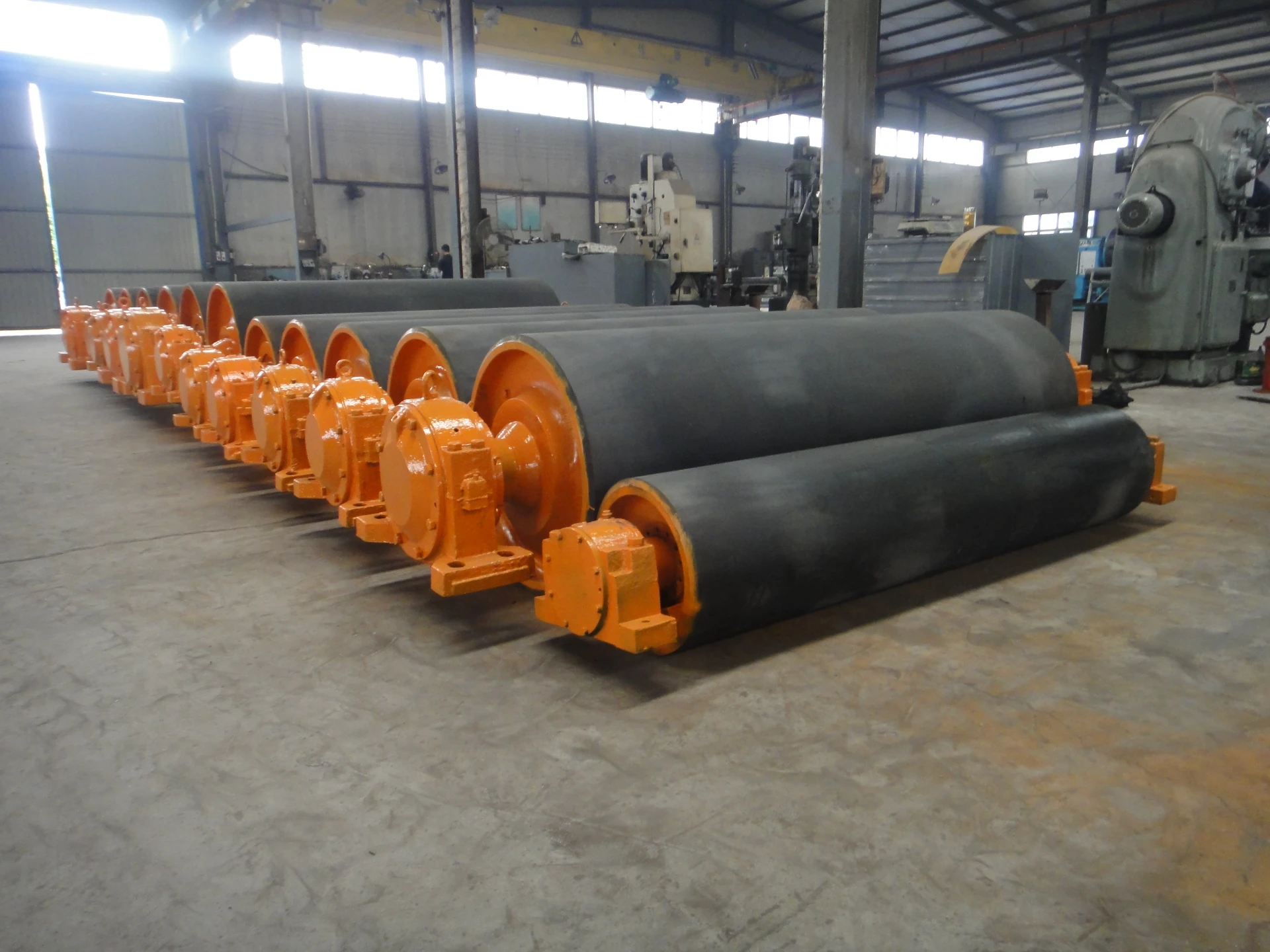 Afrikaans
Afrikaans  Albanian
Albanian  Amharic
Amharic  Arabic
Arabic  Armenian
Armenian  Azerbaijani
Azerbaijani  Basque
Basque  Belarusian
Belarusian  Bengali
Bengali  Bosnian
Bosnian  Bulgarian
Bulgarian  Catalan
Catalan  Cebuano
Cebuano  Corsican
Corsican  Croatian
Croatian  Czech
Czech  Danish
Danish  Dutch
Dutch  English
English  Esperanto
Esperanto  Estonian
Estonian  Finnish
Finnish  French
French  Frisian
Frisian  Galician
Galician  Georgian
Georgian  German
German  Greek
Greek  Gujarati
Gujarati  Haitian Creole
Haitian Creole  hausa
hausa  hawaiian
hawaiian  Hebrew
Hebrew  Hindi
Hindi  Miao
Miao  Hungarian
Hungarian  Icelandic
Icelandic  igbo
igbo  Indonesian
Indonesian  irish
irish  Italian
Italian  Japanese
Japanese  Javanese
Javanese  Kannada
Kannada  kazakh
kazakh  Khmer
Khmer  Rwandese
Rwandese  Korean
Korean  Kurdish
Kurdish  Kyrgyz
Kyrgyz  Lao
Lao  Latin
Latin  Latvian
Latvian  Lithuanian
Lithuanian  Luxembourgish
Luxembourgish  Macedonian
Macedonian  Malgashi
Malgashi  Malay
Malay  Malayalam
Malayalam  Maltese
Maltese  Maori
Maori  Marathi
Marathi  Mongolian
Mongolian  Myanmar
Myanmar  Nepali
Nepali  Norwegian
Norwegian  Norwegian
Norwegian  Occitan
Occitan  Pashto
Pashto  Persian
Persian  Polish
Polish  Portuguese
Portuguese  Punjabi
Punjabi  Romanian
Romanian  Russian
Russian  Samoan
Samoan  Scottish Gaelic
Scottish Gaelic  Serbian
Serbian  Sesotho
Sesotho  Shona
Shona  Sindhi
Sindhi  Sinhala
Sinhala  Slovak
Slovak  Slovenian
Slovenian  Somali
Somali  Spanish
Spanish  Sundanese
Sundanese  Swahili
Swahili  Swedish
Swedish  Tagalog
Tagalog  Tajik
Tajik  Tamil
Tamil  Tatar
Tatar  Telugu
Telugu  Thai
Thai  Turkish
Turkish  Turkmen
Turkmen  Ukrainian
Ukrainian  Urdu
Urdu  Uighur
Uighur  Uzbek
Uzbek  Vietnamese
Vietnamese  Welsh
Welsh  Bantu
Bantu  Yiddish
Yiddish  Yoruba
Yoruba  Zulu
Zulu Rubber Coated Pulley Solutions for Enhanced Traction and Durability in Industrial Applications
Rubber Lagging Pulley Enhancing Conveyor Efficiency and Durability
In the world of industrial operations, the efficiency and durability of conveyor systems play a pivotal role in the smooth functioning of production lines
. One critical component that significantly contributes to this is the rubber lagging pulley. This innovation not only enhances the performance of conveyor belts but also extends the lifespan of the entire system.Rubber lagging refers to the application of a rubber material on the surface of a pulley. This process provides numerous benefits that ultimately improve system reliability. Traditional steel pulleys can sometimes lead to slippage when paired with conveyor belts, resulting in inefficient operation and increased wear. By incorporating rubber lagging, the friction between the pulley and the belt is substantially increased, ensuring a firm grip and reducing the chances of slippage. This is particularly important in applications involving heavy loads, where maintaining traction is paramount.
Additionally, rubber lagging offers excellent wear resistance. Conveyor systems are often subjected to abrasive materials and harsh operational conditions, which can quickly wear down unprotected steel pulleys. The rubber layer acts as a protective barrier, absorbing impacts and resists abrasion. As a result, operators enjoy longer intervals between replacements and reduced maintenance costs, leading to overall savings for businesses.
Moreover, rubber lagging helps in minimizing noise levels during operation. Conveyor systems can be considerably noisy, which can not only affect the working environment but also lead to potential hearing issues for operators. The rubber's ability to dampen vibrations results in a quieter operation, creating a more conducive work atmosphere.
rubber lagging pulley

Rubber lagging comes in various textures and configurations suitable for different applications. For instance, textured lagging provides additional grip for high-incline conveyors, while smooth surfaces can be beneficial for horizontal systems. This versatility allows businesses to customize their conveyor systems according to their unique operational requirements.
Environmental factors can also affect conveyor systems, particularly in outdoor settings. Rubber lagging is resistant to water and weather conditions, making it a suitable choice for outdoor installations. It can withstand exposure to moisture and UV rays, which prolongs the life of the pulley and minimizes the risk of deterioration.
While the initial investment in rubber lagging may be higher than traditional pulleys, the long-term benefits ultimately yield significant returns. Enhanced efficiency, reduced wear, lower noise levels, and longer service life translate to operational reliability and cost savings. As industries continue to prioritize efficiency and sustainability, the adoption of rubber lagging pulleys is likely to grow.
In conclusion, rubber lagging pulleys are a strategic investment for companies looking to enhance their conveyor systems. With their numerous advantages, including increased friction, wear resistance, noise reduction, and versatility, these pulleys are invaluable components that help businesses achieve their operational goals. As the demand for efficient industrial operations increases, embracing innovations like rubber lagging will undoubtedly be key to staying competitive in the market.
-
Revolutionizing Conveyor Reliability with Advanced Rubber Lagging PulleysNewsJul.22,2025
-
Powering Precision and Durability with Expert Manufacturers of Conveyor ComponentsNewsJul.22,2025
-
Optimizing Conveyor Systems with Advanced Conveyor AccessoriesNewsJul.22,2025
-
Maximize Conveyor Efficiency with Quality Conveyor Idler PulleysNewsJul.22,2025
-
Future-Proof Your Conveyor System with High-Performance Polyurethane RollerNewsJul.22,2025
-
Driving Efficiency Forward with Quality Idlers and RollersNewsJul.22,2025





























